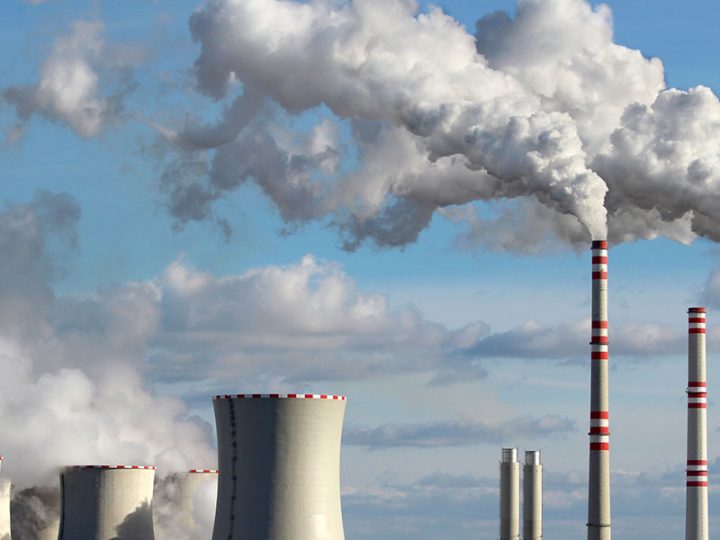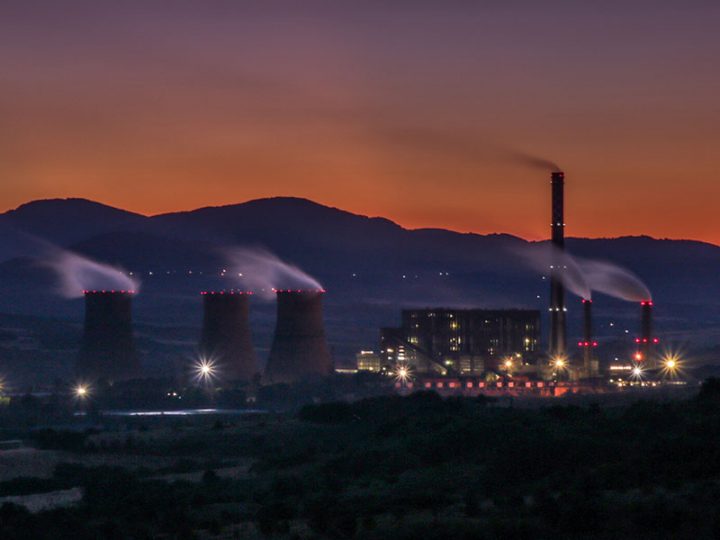Key Questions
- What is the future outlook for energy & utilities?
- What crucial factors are inciting change within the industry?
- What are the key opportunities for growth?
About the Podcast
We interviewed the Founder and Managing Director at Limelight Energy Associates LLC, Mr. Andrew Helm, in order to gather the latest insights into the energy & utilities industry. Listen to our audio exclusive here.
About Mr. Helm
Mr. Andrew Helm has over 15 years of experience operating in the domestic US and international natural gas markets. He has a deep knowledge and understanding about the Gas Market, speculative strategies, and financial derivatives. Mr. Helm held various positions in LNG and natural gas trading and marketing at BP, Mercuria, ONEOK and The Energy Authority.
READ INTERVIEW
What is the future outlook for energy & utilities?
In my opinion, the outlook for energy and utilities continues to be a good one over the long term, however in the short term, there are some challenges. When we talk about the “energy” industry, I have the picture of an industry focused on finding, developing, and producing wholesale energy into the global markets. On the other side of the value chain lies the utility industry, which I consider to be the link between wholesale markets and the delivery of energy to the end user, often times converting between different energies in the process, which is certainly the case in power generation.
So from a macroeconomic standpoint, as long as the world is finding new consumers of energy, and/or the energy use per capita is increasing, there is a crucial need to grow and develop this value chain, which over time should benefit all participants. I don’t know of any culture whose members wish to lower their standards of living, and one’s standard of living has so far been positively correlated to energy consumption.
In the short term, it seems we are now entering a world where energy is becoming abundant—new supplies are now coming to market in this low priced environment that were conceived and finalized while prices were still very strong. Depending on the contractual terms in the energy sales and purchase agreements, and on who bears the risks involved in the chain, there are some tough time ahead. Imagine investing in an oil sands field in Canada as a way to purchase energy for your seemingly insatiable demand in China, only to watch global energy prices drop below your cost of production at the same time that energy demand flattens, or even decreases, in your downstream market…it’s a very difficult situation, and I would expect a good many long term contract renegotiations to emerge as a theme.
As a species, we often choose to react rather than to anticipate, and in the case where some of these energy products have not started operations yet (for example, US LNG liquefaction and export), there hasn’t been much pressure to deal with negative value positions quite yet. When the cargoes begin to flow, and when the revenues (or lack thereof) become realized, the pressure to renegotiate and to mitigate will increase dramatically. As has happened many times in the past however, we are in a cycle, and the seeds of the next high price environment are being sown now. Successfully navigating these cycles is the cornerstone to longevity in both the business of energy production and energy delivery to end users.
What crucial factors are inciting change within the industry?
To me, technology stands out as the most important driver of change. If we think about it, improvements in technology are inherently a deflationary influence—anywhere in the value chain, making technological improvements increases the efficiency and effectiveness of energy production and delivery. A great example of this effect is the use of 3d seismic imaging for energy production. Using this technology to locate optimal drilling sites, and then employing other technologies like targeted, directional drilling, has greatly reduced the risk of drilling a “dry hole” and it has also allowed the wells that are drilled to yield an overall higher amount of hydrocarbons, which of course lowers the total cost of production. By the same token however, a world with more abundant, lower priced energy allows end users to consume more per capita, and also allows new end users to emerge and increase total energy consumption as well. Navigating these cycles takes time and patience however, and the idea is to remain robust and scalable in your business, allowing you to participate when opportunities arise.
In both the energy production and the utility sectors, market penetration in undeveloped or under-developed regions is a key theme, especially during times of abundant energy. Oil, coal, and natural gas producers are looking to place volumes in new markets, hoping to get an uplift in returns relative to traditional markets, and utilities are eager to serve these new markets, provided that they can manage the unique risks in some regions. It seems like now, we are indeed entering a period of lower energy prices globally, so I would fully expect companies to place a priority on developing new markets.
Things can change quite quickly, however, as we have so clearly seen with the rapid fall in oil prices last year. In fact, it is this speed of change as well as the underlying change itself is another factor that is shaping the energy and utilities sectors. In the modern world, information, data, news, etc. are all readily available, and our collective ability to deploy capital around the globe in response to opportunities has never been faster. We are also living in an age where strong government intervention in the economic landscape is commonplace. These have all been factors in what seems to be an increase in the speed of the business cycle—the peaks and the troughs are closer together. Now imagine trying to make 15 to 20 year capital deployment decisions—building a power plant, laying a pipeline, or developing an LNG terminal—in this volatile environment…it really puts the emphasis on value chain flexibility. How can your value chain respond when the market conditions change? I think companies are beginning to realize the importance of this flexibility and are willing to “pay up” a bit to ensure they have room to maneuver.
What are the key opportunities for growth?
Fitting with the market penetration theme, probably the key growth opportunity is in markets that are not the traditional developed markets. Delivering energy into and serving end use customers in developed markets is very competitive, and overall margins are small. In contrast, helping a new set of consumers to increase their energy consumption can offer a margin uplift, but there are some key relative risks to understand when exploring these new markets.
For example, an energy production company may be able to structure a set of long term, low margin transactions in Europe, but it may be able to increase its sales margins by sending commodity into Central America under a shorter term, more variable delivery schedule, with some additional credit and performance risks. This would also apply to a purchased power agreement or similar electric utility operating contract: there may be a strong spark or dark spread available in sub-Saharan Africa, but a company will likely need to contend with a higher level of defaults, potential changing political landscapes, and a more difficult operating environment in order to realize those expanded margins. It is the old adage: risk equals reward. Often though, it is also risky to avoid new challenges and new opportunities.
For the developed markets, we as end users are under constant pressure to use less energy—better insulate our houses, drive efficient cars, lower our “carbon footprint”, etc. Along with the declining population trends in the “first world”, this is all bad news to utility companies, and to energy companies, who would like to sell more of their products!
Therefore, if you are not taking steps to move into new markets, you may actually be increasing your long-term risk profile. There are challenges, however–as a company who seeks to operate in a new market, you will most likely find yourself with opportunities to do business in areas that are not part of your traditional product suite. Managed and identified properly, there are good growth opportunities, and if you have the right mix of entrepreneurial attitude and business focus, these opportunities may offer a chance to not only make additional profits but to also gain some diversification in your operating streams. A niche example of this could be examining additional business around an under-utilized liquefied natural gas receiving terminal: you might increase throughput at the terminal by offering to distribute LNG domestically via trucks and containers, or by offering ship bunkering services in the emerging LNG shipping fuel market, or by offering unused storage capacity to third parties.
There are opportunities present in many parts of the energy and utilities value chain and most likely, these opportunities were not part of the original business plan, but if nothing else they can possibly help your company to ride out periods of difficult market conditions. Sticking with the LNG theme for another example, several of the major European utility companies grew their businesses by choosing to step upstream in an effort to participate in the fuel supply chain, which seemed to be a natural extension of their downstream operations. This ultimately gave birth to some of the largest and most successful LNG portfolio players in the world: BG, Engie, Gas Natural, etc. Just as in the past, it will be the desire to grow into new businesses coupled with the successful management of these new efforts that helps to generate overall corporate growth going forward, and with energy prices falling in today’s world, it may now be another opportunity for utility companies to step into the fuel supply chain in order to grow.




